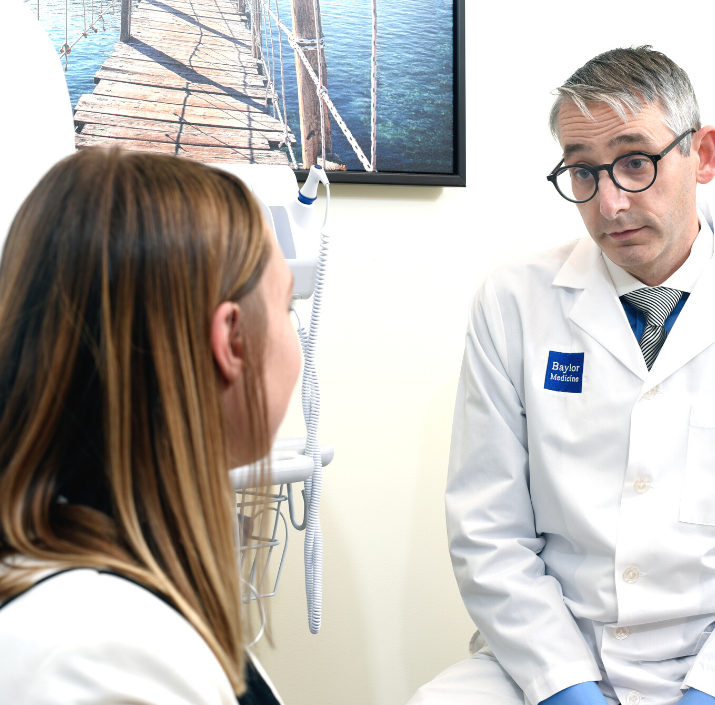
Diagnosing TOS can be complex. It begins by your physician asking you a series of questions to find out your symptoms and how the symptoms began. Depending on your symptoms, your doctor will be able to tell if you might have a nerve, vein, or artery problem which will then lead to an appropriate physical examination.
Neurogenic TOS. Our physicians will have you perform a number of maneuvers. These consist of putting your neck and arms in different positions of stress to try to reproduce your symptoms. Other physical findings include tenderness in certain places in your neck, chest or arms.
Venous TOS. Physical examination consists primarily of noting swelling in your arm and prominent veins seen just under the skin at the spot where your shoulder joins your chest.
Arterial TOS. Physical examination often finds the pulse at your wrist is diminished or absent. Your hand may have a pale color compared to your pink, good hand. However, venous and arterial TOS are best diagnosed with the aid of specific tests, venography for venous TOS and pulse volume recordings or arteriography for arterial TOS.
Tests Available at Baylor Medicine

To help determine whether or not you have TOS, your physician may order one or more of the following tests:
- Cervical spine x-rays
- Cervical spine MRI
- Brachial plexus MRI
- EMG and nerve conduction test
- Vascular ultrasound
- Venography
- Arteriography








